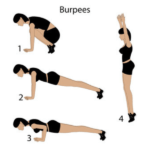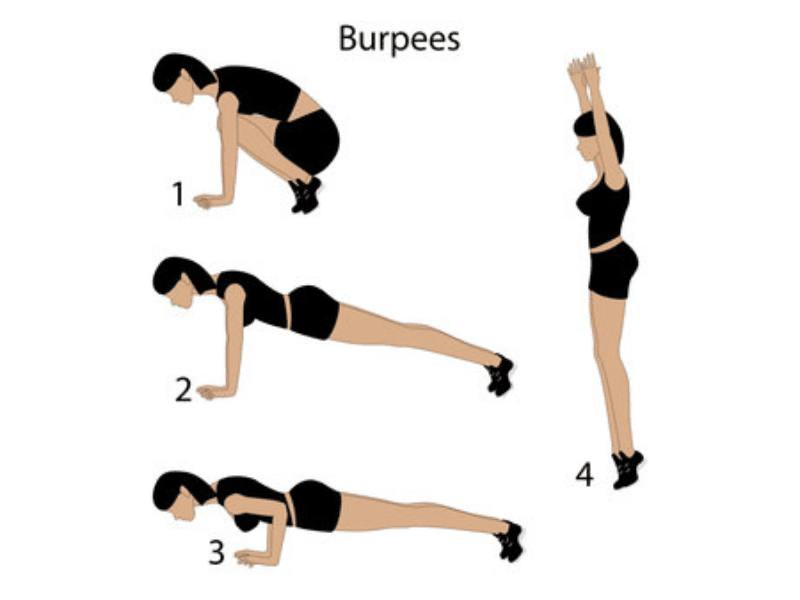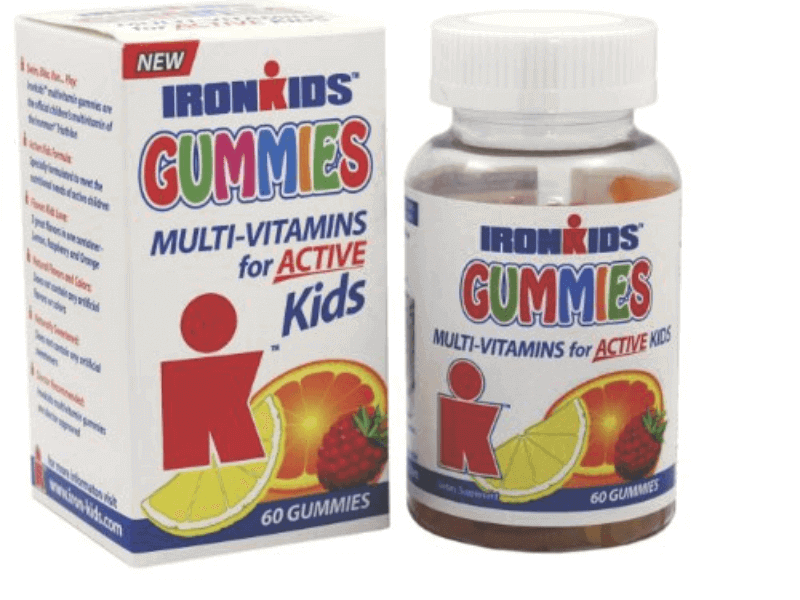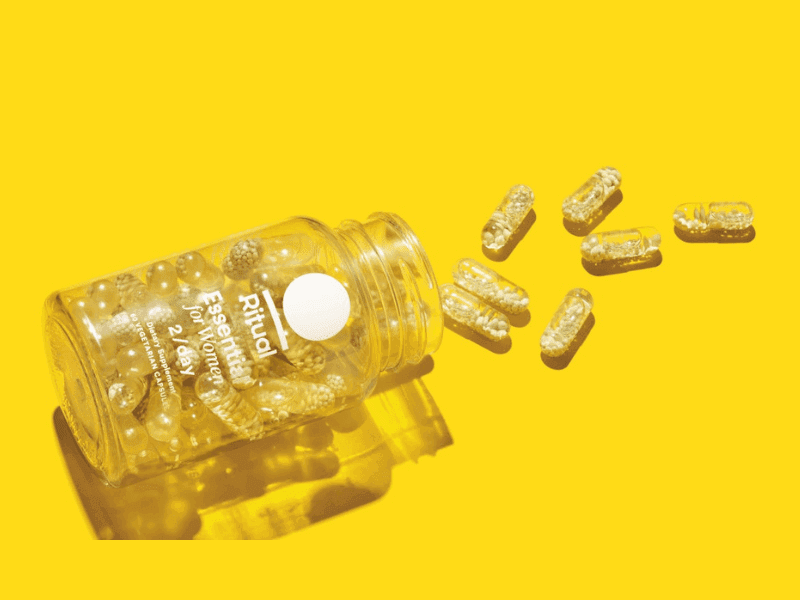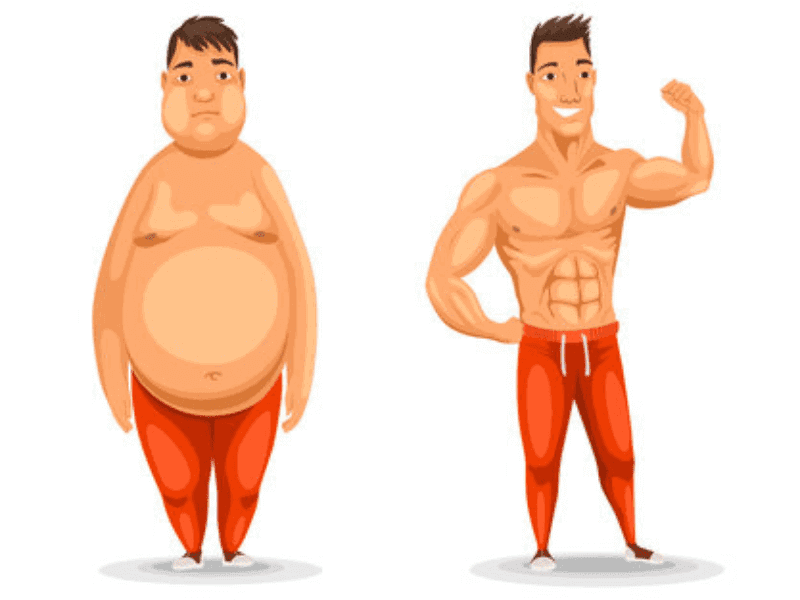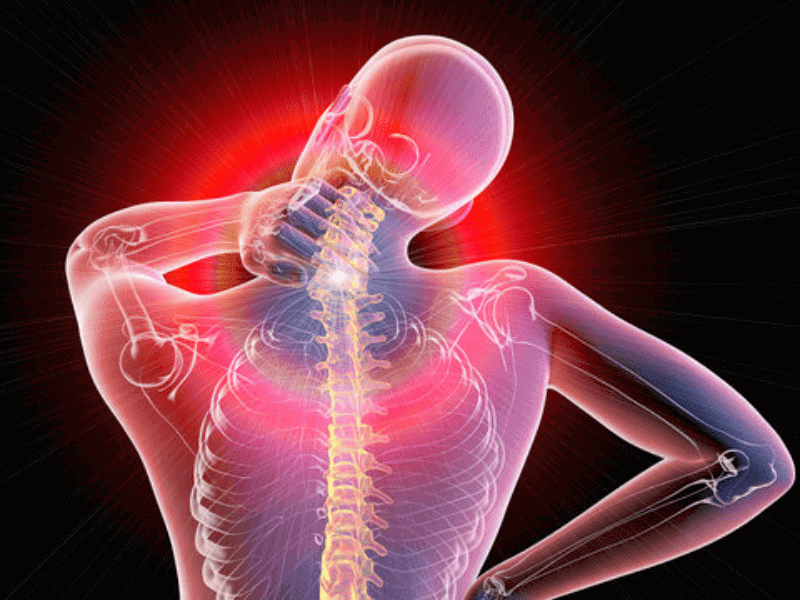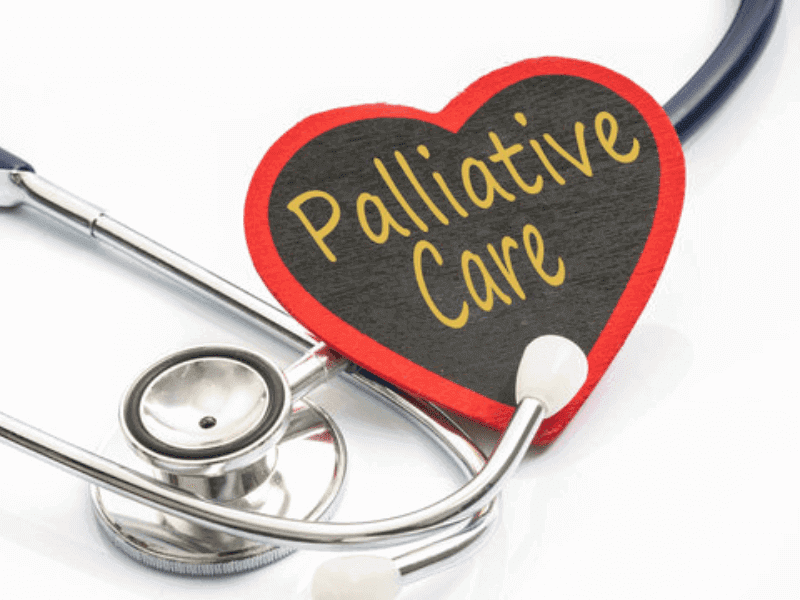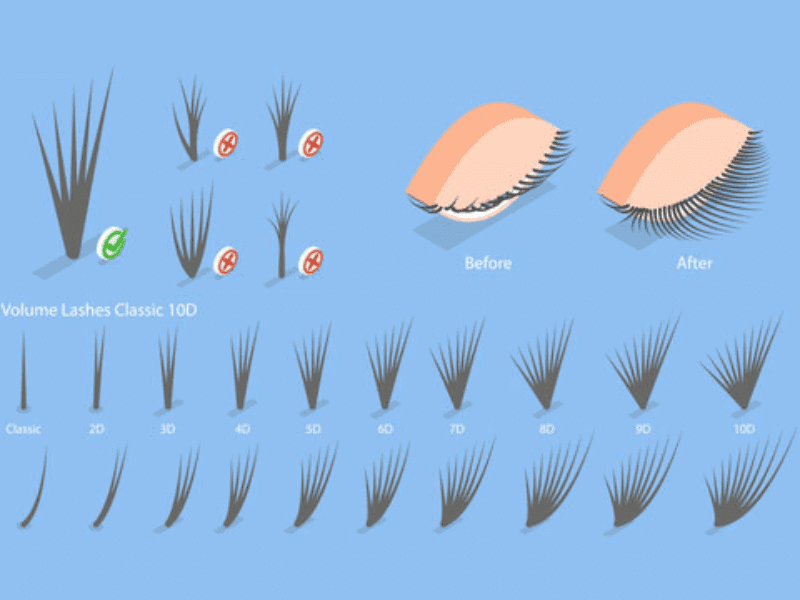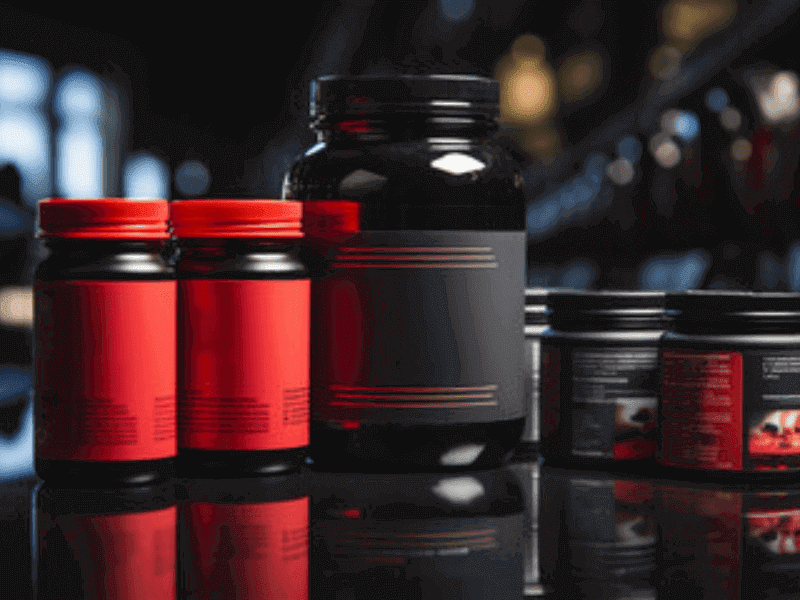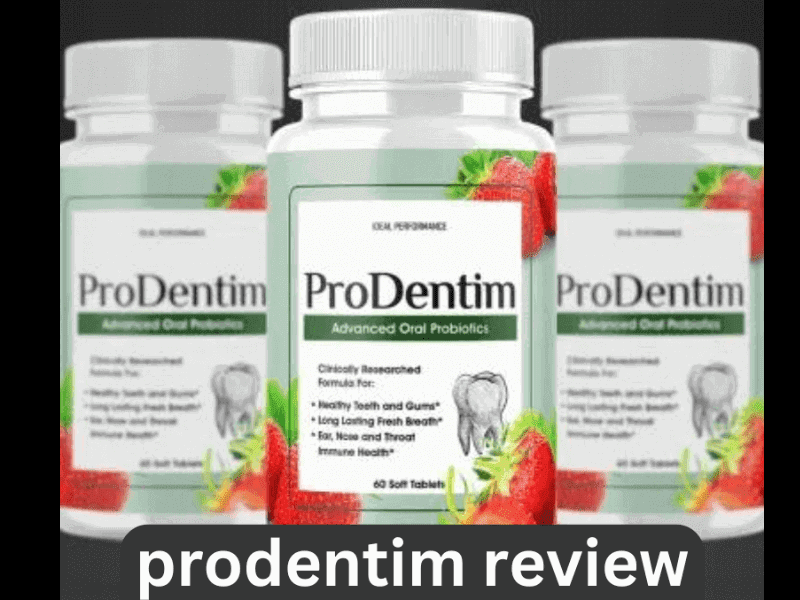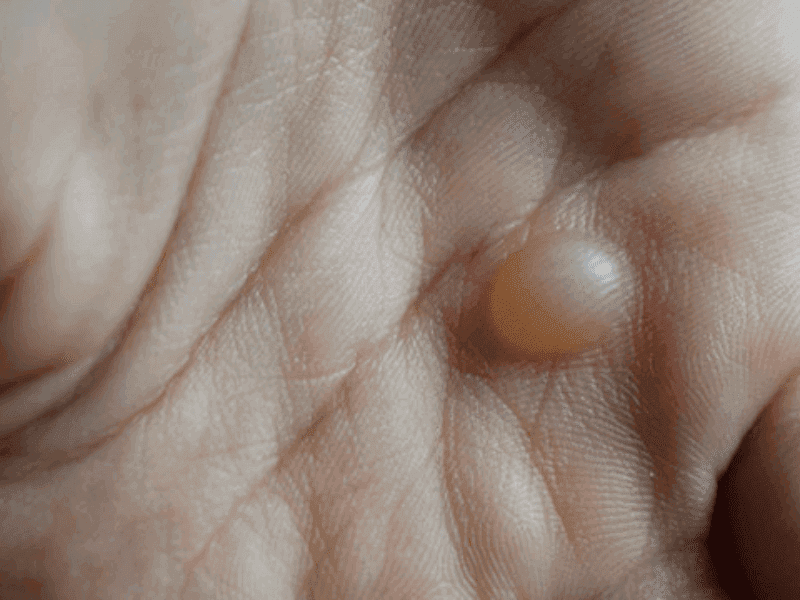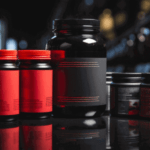Ganglion Cyst and Vitamin Deficiency
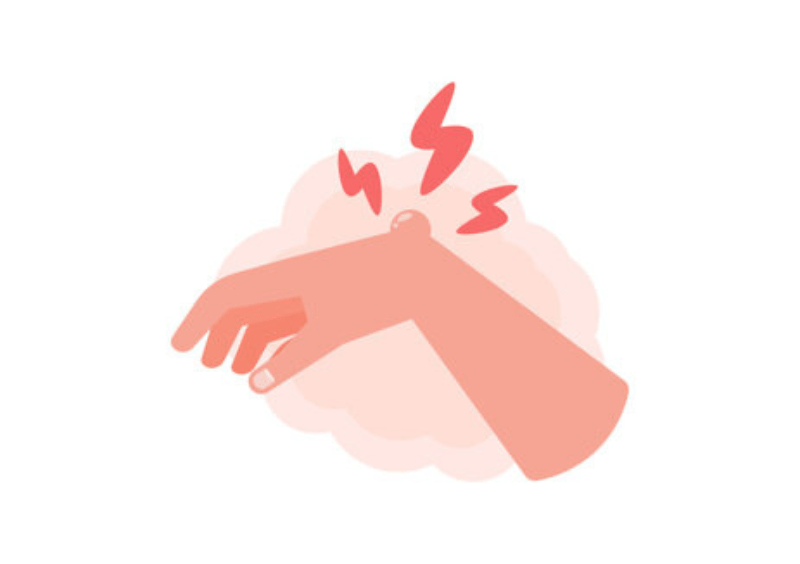
Ganglion Cyst and Vitamin Deficiency
Ganglion Cyst and Vitamin Deficiency asround lumps that contain fluids are examples of them most frequently developing along the tendons and joints of the wrists and hands. While they are commonly seen in the knees and shoulders, they can also appear in other areas such as the ankles or feet. These cysts are often without harm but can give unpleasant effect when they exert tension upon a nerve.
The part of Viatamins in Health
Vitamins are the indispensable components of nutrition which are responsible for various health benefits. They participate different support wrongs of body organs for example supporting the immune system, healing of wounds and nerve function. Carbon molecules that contain deficiency of certain vitamins can result in ganglion cysts one of the sever health issues.
Symptoms of Ganglion Cysts
Ganglion Cyst and Vitamin Deficiency frequently emerge as bumpy or lumpy formations around the joints or tendons, with the hands and wrists being the most common areas affected. These cysts usually are very firm and are round, ranging in size from a pea to about a larger mass. Those generally they are harmless but they can lead to pain or tenderness when they are pressing nearby nerves. Sometimes cysts of the ganglion may grow or decrease in size or even disappear during wellness states.
Causes of Ganglion Cysts
The specific reason of the development of ganglion cysts also remains unknown; however, it is consider to be the result of a degeneration of joint tissue or the tendon sheaths. Repetitive strains or motions that cause stress on each joint and tendon can act as a probable cause for cyst colony formation. Besides, a trauma or injuries to the joint or tendon can come into play for the development of ganglion cyst.
Treatment wexch of Ganglion Cysts
1. Observation
Almost for some incidents, it is not true that there is no symptom and they may not need to be treated. Your healthcare provider may request instead of taking any surgical or other radical step; it’s better to keep an eye on the cyst for changes in their size and symptoms.
2. Immobilization
Confinement of the aggravated joint using brace or splint could diffuse symptoms and would protect the joint from any further triggering of the cyst.
3. Aspiration
If the bubbles need to be drained to get rid of the discomfort, your healthcare provider suggests that draining the fluid from the cyst by a process called aspiration can be done. It follows that, the cyst may become less and less, which ease off the pressure around tissues.
4. Injection
In the next stage, the healthcare provider implements the injection of corticosteroid drugs to the cyst to ensure reduction of inflammation and not to occur again.
5. Surgery
In area that the ganglion cyst is persistent, painful as well as interferes with the joint function, surgical removal is needed. In this surgical technique, which is referred to as excision, the cyst along with its derived stem get extinct.
Seeking Medical Advice
If there be any felt lumps near the joints or the pain or discomfort appears to persist, it is of great importance to seek the advice of medical help without any delay. Your healthcare provider will conduct an in-depth analysis of your symptoms and test to come up with an accurate diagnosis, and in regard to the treatment options, he/she will choose the most appropriate method for your specific needs.
Education about signs, causes and remedies of ganglion cysts can enhance health literacy and enable you to make informed choices that improve your health. The management of knee surgery, whether you choose for conservative management or surgical intervention, is always hand in hand with your healthcare provider. This way, you are assured with the best result.
The Relationship between Ganglion Cysts and Deficiency of Vitamin
According to different studies, some vitamin deficiencies could cause the development of these cysts. Deficiency in vitamins B6 and B12 in particular has been found to be the reason for their occurrences. These vitamins belong to a class of nutrients that are important for the health and function of nerves, and their shortage may cause changes or disturbances in nerve tissue, increasing the likelihood of cyst formation.
Reducing the Risk of Capsulitis by Dietary Means
Vitamin B6, B12 and other minerals are all essential in order to prevent ganglion cysts and are to be maintained at optimal levels. Balanced diets with fruits, vegetables, lean proteins, and whole grain staples will ensure you are getting the necessary microelements and vitamins necessary to keep you healthy. In addition to increased consumption of foods such as fish, poultry, eggs, and dairy products, fortified cereals can enhance the level of vitamin Bs in the body.
Ganglion Cysts-The Role of Supplements for Prevention
On the other hand, besides the foodway, the supplements may also be employed to quit vitamin deficiency and lower the rate of ganglion cyst formation as well. Though, it is still necessary to first consult with your healthcare provider to help verify the safety of the new regimen and whether it is appropriate for you.
How to Cure Ganglion Cysts with Nutrition?
Although not directly linked to ganglion cysts, proper nutrition might actively aid in their prevention; it can also lead to their treatment. A few researches purports that enhancing vitamin intake via diet or supplements is believed to curtail the size of the cysts or their severities by implication. On the other hand, many more studies will have to be conducted in order to definitely prove that this approach is effective or not.
Conclusion
As a final remark, both B6 and B12 vitamin levels that are too low may result in ganglion cysts. Thus, it is important to keep them adequate. By adhering a well-balanced diet including all nutrients at the influential of a healthcare professional you can mitigate some health risks through conscious actions.
You may also like: Mesomorph: A Body Type



